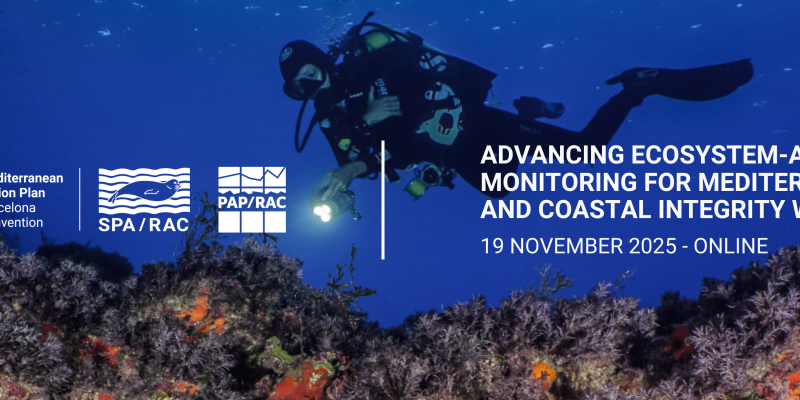With its 80,000 tons of innovation and power, the new European aircraft carrier redefines the standards of naval defense and marks a major strategic turning point for the continent.

🛳️ The new European aircraft carrier, weighing 80,000 tons, becomes the largest warship on the continent.
Nuclear propulsion offers exceptional autonomy and reduces carbon emissions.
This maritime giant strengthens Europe’s defense strategy and international alliances.
Technological advancements, such as advanced radar systems, enhance surveillance and coordination.
The world of naval armament is undergoing a transformation, and Europe is preparing to take a decisive step with the creation of the largest aircraft carrier ever designed on the continent. This giant of the seas, weighing 80,000 tons, embodies not only military power but also technological and industrial innovation. As geopolitical tensions intensify, European nations are seeking to strengthen their maritime defense capabilities. This ambitious project marks a new era in warship design, promising to redefine naval power standards. This new addition to the European fleet is already generating interest and admiration, both for its gigantic size and its strategic potential. But what makes this aircraft carrier so exceptional, and what implications could this have for Europe and the rest of the world?
Impressive Features of the Aircraft Carrier
The first thing that stands out about this aircraft carrier is its colossal size. Weighing 80,000 tons, it far surpasses all other European warships. But it’s not just about mass; it’s also about capabilities. This maritime giant is designed to accommodate a multitude of combat aircraft, drones, and helicopters, offering unprecedented operational versatility. The ship’s architecture has been designed to maximize the efficiency and speed of air operations, with optimized flight decks and hangars.
In terms of propulsion, this aircraft carrier uses a nuclear propulsion system, which gives it exceptional autonomy. This means it can operate for long periods without needing refueling, a major advantage for missions at sea. This feature particularly distinguishes it from other conventional ships that rely on fossil fuels. While using nuclear energy for propulsion presents significant technical challenges, it also ensures a reduction in carbon emissions, which is a positive aspect in the context of the global energy transition.
Finally, this aircraft carrier is equipped with the most advanced communication and radar technologies, ensuring optimal surveillance and coordination with other naval and air units. This makes it not only a formidable combat platform but also an essential maritime command center for international operations. The integration of these sophisticated systems is the result of collaborations with several European tech companies, highlighting the importance of collective innovation in this large-scale project.
🛳️ The commissioning of this aircraft carrier represents a significant leap for European defense strategy. In a context where international tensions are often exacerbated by demonstrations of naval power, having such a ship provides Europe with increased influence on the global stage. This aircraft carrier is more than just an addition to the fleet: it symbolizes Europe’s ability to defend itself and project its power wherever necessary.
The presence of such a large aircraft carrier enables Europe to strengthen its alliances with other global powers. Indeed, a ship of this capacity can participate in joint missions with other nations, particularly within NATO, thus increasing cohesion and cooperation between allies. This collaborative dimension is crucial at a time when transnational threats require collective and coordinated responses.
Economically, the construction and maintenance of this aircraft carrier also create significant opportunities. Thousands of jobs are generated in the shipbuilding and related industries, stimulating the local and regional economy. The companies involved in the project benefit not only from financial support but also from increased visibility on the international stage, enhancing the competitiveness of European industry.
Technical and logistical challenges
Building an aircraft carrier of this magnitude is not without challenges. The technical requirements are immense, requiring advances in shipbuilding, nuclear propulsion, and defense systems. Every aspect of the ship must be meticulously planned and executed to ensure not only its effectiveness but also the safety of its operation.
Nuclear propulsion, for example, requires specialized expertise and strict safety measures to prevent any incidents. Engineers must ensure that the nuclear reactor operates optimally while minimizing potential risks to the environment. This technology provides impressive autonomy but also involves increased responsibility in terms of managing radioactive waste and preventing accidents.
Logistically, managing such a ship requires flawless coordination. From the supply of materials to crew training, every step must be carefully orchestrated. Logistic support is essential to keep the ship operating efficiently, especially when deployed far from European bases. Port infrastructure must also be adapted to accommodate this giant of the seas, which may require additional investment in existing facilities.
Onboard technology table
| Technology | Function | Benefits |
|---|---|---|
| Nuclear propulsion | Energy supply | Autonomy, reduced emissions |
| Advanced radar systems | Surveillance and communication | Early detection, efficient coordination |
| Optimized air infrastructure | Flight operations | Speed, mission efficiency |
Geopolitical implications
The new European aircraft carrier: A symbol of maritime power and strategic unity. Its deployment marks a crucial step in the redefinition of military alliances in Europe and strengthens the capacity for force projection on the global stage. This aircraft carrier represents not only technological advancement but also a response to rising geopolitical tensions and a clear commitment by European nations to collaborate on global challenges.
The commissioning of Europe’s largest aircraft carrier has significant geopolitical implications. In a region of the world where maritime tensions are constantly rising, this ship could become a major strategic asset. Indeed, it provides Europe with an enhanced deterrence capacity, enabling it to respond quickly to crisis situations.
Moreover, this aircraft carrier could serve as a platform for projecting peace and security in unstable regions. Its presence could deter hostile actors from taking aggressive actions, while enhancing Europe’s ability to carry out humanitarian operations and peacekeeping missions. This proactive approach can shift the dynamics of international relations, positioning Europe as a key player in promoting global stability.
Finally, this development could prompt other nations to reassess their own naval strategies. The emergence of such a giant could lead to a naval arms race, with each country seeking to strengthen its fleet to maintain the balance of power. This raises questions about the future of international cooperation in maritime security and how nations can work together to avoid conflict.
A project for the future
This aircraft carrier represents a bold vision for the future of European defense. It embodies a collective will to equip itself with the necessary means to face tomorrow’s challenges. This project is not only a technological feat but also a symbol of Europe’s commitment to playing a leading role on the global stage.
As the ship prepares to set sail, it is essential to consider the implications of this advance. How will this aircraft carrier influence international relations? What will its contributions be to global security? And how will Europe continue to innovate to stay at the forefront of naval technology? These questions will remain at the heart of the debates as this giant of the seas begins its journey.
Source: innovant



